If the soil is acidic, liming will help. This procedure not only reduces acidity, but also saturates the soil with useful substances such as magnesium (Mg), calcium (Ca), phosphorus (P) and nitrogen (N). After applying lime, the soil becomes more loose and retains moisture better. We will figure out how to properly liming, and in which cases you can not do without it.
Content
- 1 The need for liming
- 2 Advantages and disadvantages of autumn liming of the soil
- 3 What substances are used for liming
- 4 Optimal acidity, and what types of liming are
- 5 Why does soil acidity increase
- 6 How to independently determine the pH level in the soil
- 7 What kind of lime is applied to the soil?
- 8 Acid and alkali in the ground
- 9 Hydrogen indicator
- 10 Ion balance
- 11 Compensation Methods
- 12 Dosage of calcareous materials depending on soil acidity
- 13 Greenhouse tillage
- 14 Conclusion
The need for liming
Soil with acidity values below 5.5 needs liming, because many crops are simply not able to grow and develop on acidic soils. The most sensitive garden crops are considered tomatoes and legumes. Thanks to improved soil structure, nutrients will be better absorbed by plants. After all, if in the soil there is a lack of calcium and magnesium, then this:
- reduces its breathability;
- contributes to the compaction of the upper layers of the earth and the formation of a crust;
- increases the viscosity of the substrate;
- increases the amount of toxic substances for garden crops;
As a result, the amount of beneficial microorganisms and earthworms in the soil decreases, which by their vital functions improve the structure and composition of the substrate. With increased acidity, the development of plants slows down, because they are not able to absorb nutrients.
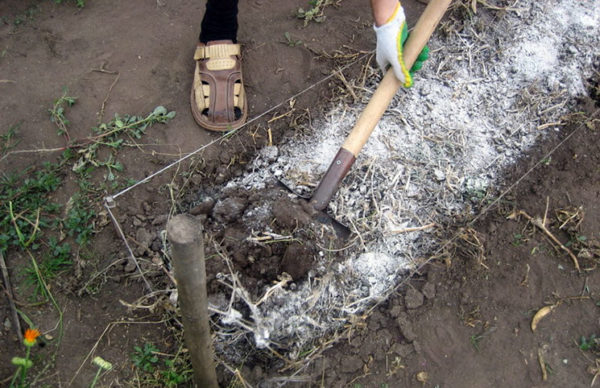
Advantages and disadvantages of autumn liming of the soil
Lime soil, both in autumn and spring. However, lime is often added in the autumn for digging. The pluses include the fact that during the growing period of plants nitrogen fertilizers with an ammonium content are used, and all fertilizers in which it is in the composition cannot be used together with lime substances. It is also believed that the procedure should be carried out no later than 21 days before planting seedlings or sowing seeds.
The disadvantages of liming in the fall include the fact that certain deoxidants of the soil cannot be used simultaneously with organic matter, which is introduced just for digging. It is also recommended that the procedure be carried out in dry weather, and in the fall it often rains.
What substances are used for liming
In many ways, the yield and taste of the fruit depends on the normal pH level in the soil. Its high rates can interfere with the absorption of nutrients by plants, and as a result, cultures lag behind in development, and fruiting is absent. For deoxidation of the soil, substances are used that neutralize the soil, namely:
- lime;
- dolomite flour;
- wood ash;
- peatotuf;
- blast furnace slag;
- waste left in sugar production;
- construction dust;
Optimal acidity, and what types of liming are
Before liming the soil, you need to find out which crop will grow on the site. After all, this procedure can lead to both improved growth and development of plants, and to deterioration. All plants are individual, some love acidic soil, others are slightly acidic, and still others are neutral.Cruciferous and beets do not tolerate increased acidity, but lupine and tea love acidic soils. Cucumbers, tomatoes, onions and legumes prefer soil with neutral acidity.
|
Culture |
Optimum acidity |
| Plum |
7 |
| Cranberries, mountain ash, lingonberries |
Less than 5 |
| Raspberries, gooseberries | 5,5 |
| Currant | 6 |
| Apple tree pear | 6,5 |
| Strawberries | 5 |
Liming is divided into two types:
- basic;
- supporting;
The main thing is carried out only once, and supporting once every 3-5 years. The procedure is carried out in spring or autumn. But the autumn period is more suitable for this. The right amount of calcareous substance is distributed throughout the site, fertilizing based on potassium or magnesium is added to it and the soil is dug up. Digging depth should be between 15 and 20 centimeters. If you do not dig the soil, then the effectiveness of the procedure is reduced. In the spring, liming material is applied one month before application. fertilizer. It is also evenly scattered over the soil surface, and then surface digging is carried out.
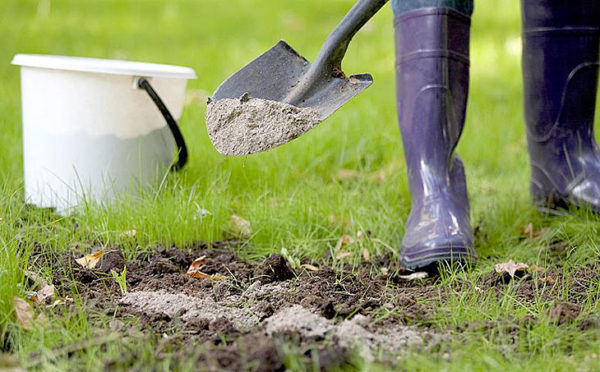
Why does soil acidity increase
Soil acidity is a value that means the balance of hydrogen ions in the soil. It is determined on a scale, the values can vary from 1 to 14. In neutral soils, the pH shows 7, on alkaline soils <7, and in acid> 7.
The following can provoke a decrease in acidity:
- excessive watering or heavy rainfall, this is due to the fact that water leaches salt into deep-lying layers of the soil, in addition, the water itself may be with a high acid content;
- the use of compost, peat or fresh manure as fertilizers;
- cultivation and embedment of green manure, for example, mustard, oats, colza;
- regular use of chemical fertilizers based on ammonium and potassium sulfate;
How to independently determine the pH level in the soil
On acidic soils, some weeds often grow, for example: pike, field horsetail, sorrel and creeping buttercup. If a large number of them are noticed in the garden, then the pH is definitely increased. Also, the acidic soil is indicated by a whitish layer on the upper layers of the soil.
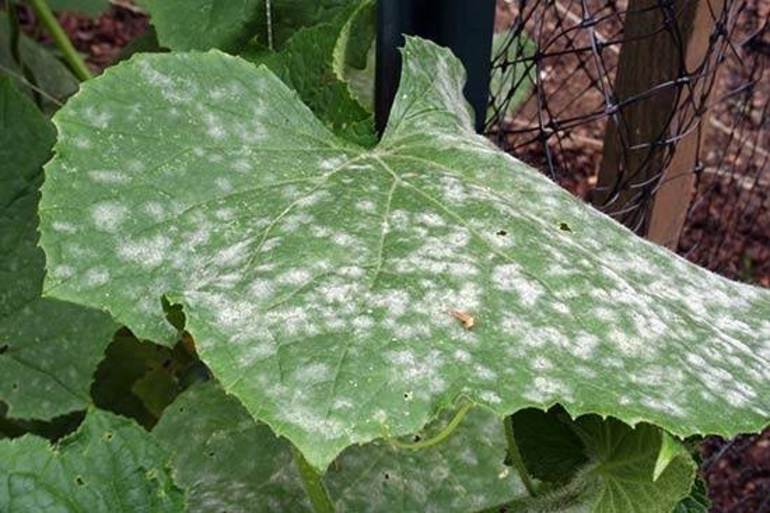 You may be interested in:
You may be interested in:Litmus paper will help in determining acidity; it is often used as an indicator for determining pH. Of course, you should not wait for the exact results, but it can recognize the acidic environment. Some gardeners use folk methods, these include the use of acetic acid, chalk or cherry leaves, but the exact result is not guaranteed. You can also purchase a special electronic indicator with a probe, in use it is quite simple. For more detailed analyzes, the soil is sent for analysis to the laboratory.
What kind of lime is applied to the soil?
To achieve a positive result, lime must be thoroughly mixed with the ground. For this reason, it is advisable to use lime in powder form. Quicklime is lumpy, and if used in this condition, you can oversaturate the soil with it. Therefore, before the procedure it is quenched, 20 liters of water will be needed for 50 kg, it is poured into lime. And then they mix it, after a while the water will be absorbed, and the lime will become powdery and ready for use.
Acid and alkali in the ground
The acid is formed by H + ions, the elements that are in the periodic table on the right are more prone to this. Alkaline compounds are formed by OH- ions, usually metals, they are located on the left closer to the edge. Elements between them are called amphoteric. They are capable of forming both alkali and acid. Acids include:
- sulfuric;
- vinegar;
- hydrochloric;
- nitric;
- hydrocyanic;
In some cases, aluminum is capable of forming alkali, however, salts are most often used on an industrial scale, where it is part of the acid residue. They are called aluminates.
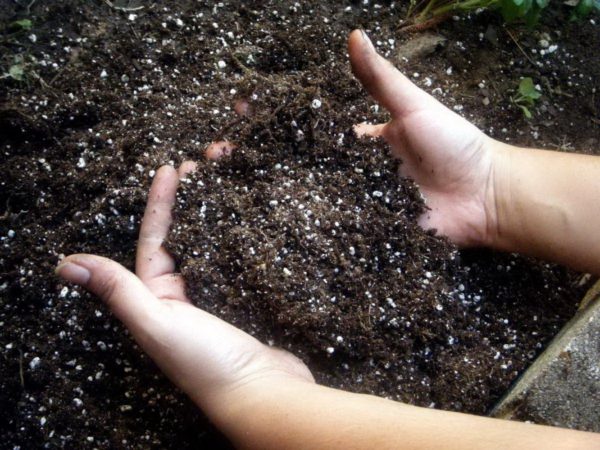
Hydrogen indicator
Subject to all conditions, a water-soluble substance must decompose into ions. But in practice, things are a little more complicated. The main amount of salts based on alkali and alkaline earth metals, as well as some acids decompose upon contact with water. But acetic, hydrocyanic and silicic acid, as well as iron hydroxide are the exception to the rule. Therefore, the acidity in the medium also depends on the ability of a substance to decay into ions.
Water has a neutral environment, in it the amount of H + is equal to the amount of OH-. Thus, the content of each is 10-7 mol / liter. 7 is a neutral medium, and the top digit is a measure of hydrogen.
Ion balance
It should be noted that not every medium should be neutral. The habitat in which some organisms live is detrimental to others. Marine life and microorganisms are in an alkaline environment, its pH is 8, and bogs, on the contrary, have an increased soil acidity.
Compensation Methods
Alkaline and earth metals in the reaction with acid form hydrogen and salt. However, with a high concentration of these substances, there are other options. For example, sodium, when mixed with a large amount of nitrogen, forms sodium and ammonium nitrate. Alkaline earth metals include barium, magnesium, calcium and radium, and alkaline metals include sodium, lithium, francium and potassium. However, in their pure form they do not exist in nature.To maintain a normal balance in the soil, you need to periodically apply wood ash and mulch the soil. These procedures will protect the soil from natural factors and restore the amount of sodium, potassium and calcium. However, the main way to compensate for acidity is liming the soil, it is better to do this in the fall. Since in the spring you need to make fertilizers, and at the same time with lime, it is not recommended to use them.
Dosage of calcareous materials depending on soil acidity
Before liming the soil in the fall, you need to study the norms of making different substances. After all, calcareous materials can vary in concentration. And an excess of the substance can also adversely affect the development of plants.
Slaked lime (fluff)
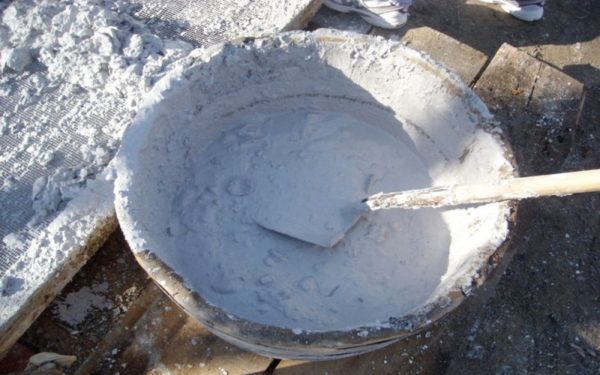
If the pH level is less than 4, then 10 square meters. 5-6 kg of substance will be needed, with a high acidity content of 10 square meters. enough 4-5 kg. In the soil with pH values from 4 to 5, 3-4 kg per 10 square meters is applied. For slightly acidic soils per 10 square meters. 2-3 kg of lime will be enough.
As for other substances, the content of lime in them is slightly different. The necessary proportion can be calculated using the algorithm:
- First you need to find out the rate of lime for the soil.
- The indicator is multiplied by one hundred.
- Divide the result by the percentage of lime in the substance.
The ratio of lime in substances as a percentage
|
Substance |
% |
| Slaked lime | 130 |
| a piece of chalk | 100 |
| Dolomite flour | 90 to 95 |
| Lake Lime | 80 |
| Building dust | 75 |
| Marl | 70 |
| Peat ash | 50 |
If there is no way to measure the acidity of the soil, you can do without it. For clay soils per 10 square meters. make 6-7 kg of lime, on loams on the same 10 square meters. take 5 kg, and for liming sandy soils, 3 kg of substance is enough.
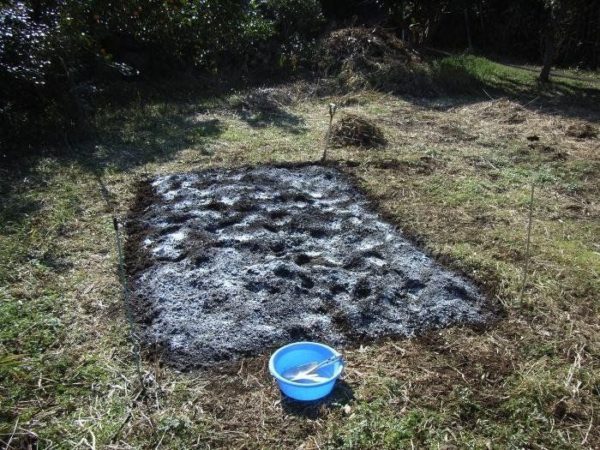
Greenhouse tillage
Many gardeners grow vegetables in a greenhouse, but do not understand why liming the soil and when to do it.Even quality soil with neutral acidity can become acidic. And for some vegetables this is not acceptable, they simply cease to produce crops even with the condition of fertilizing. With long-term cultivation of crops, water enters the soil, which can have high acidity, and some fertilizing can increase pH values.
With high acidity, plants will not be able to receive potassium and magnesium from the soil and will grow poorly. In order for the crop to be stable, liming is periodically necessary; autumn is considered the best period for this. Most often, dolomite flour is used in the shelter. It not only deoxidizes the soil, but also contains the necessary elements for the normal development of cultures. The procedure itself is no different from liming open ground. The main thing is to comply with the application rate.
Conclusion
Soil condition is an important component of obtaining a decent crop. For each culture, the optimal pH balance is different. Most plants like neutral soils, so regular liming is a must. The procedure itself does not take much time, but first you need to calculate the dosage of the substance used.

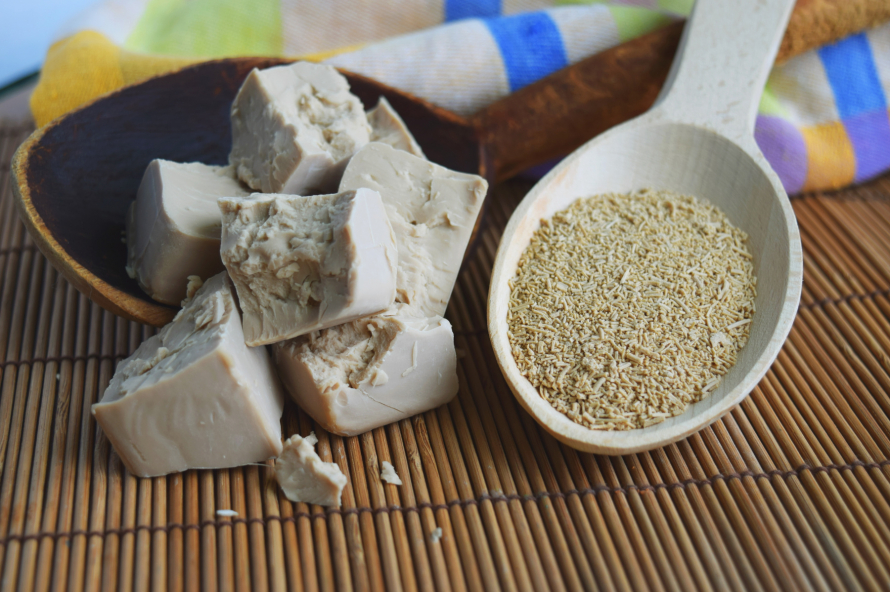
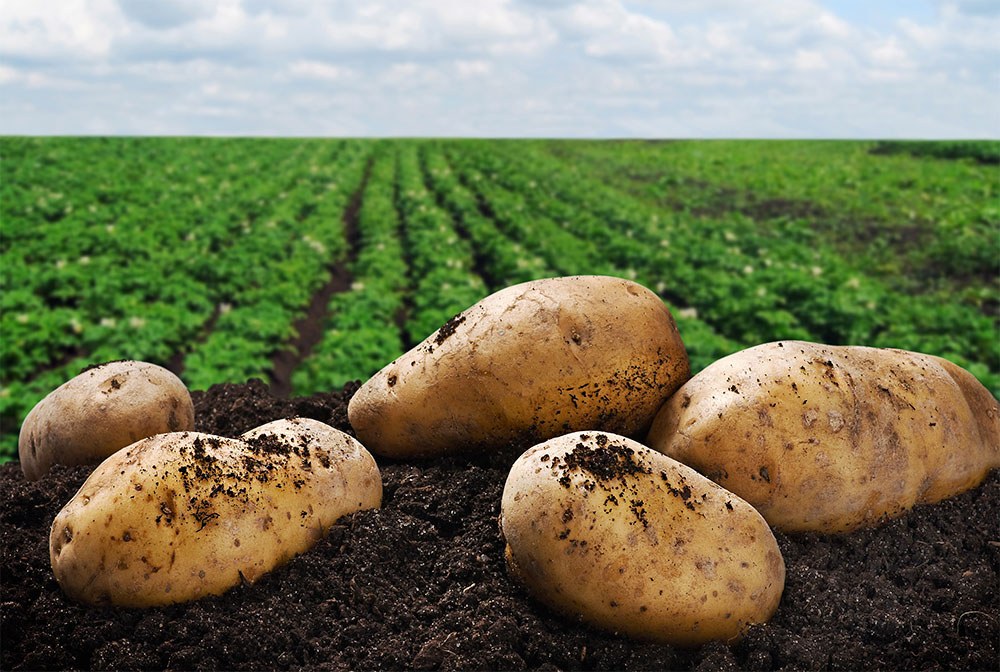
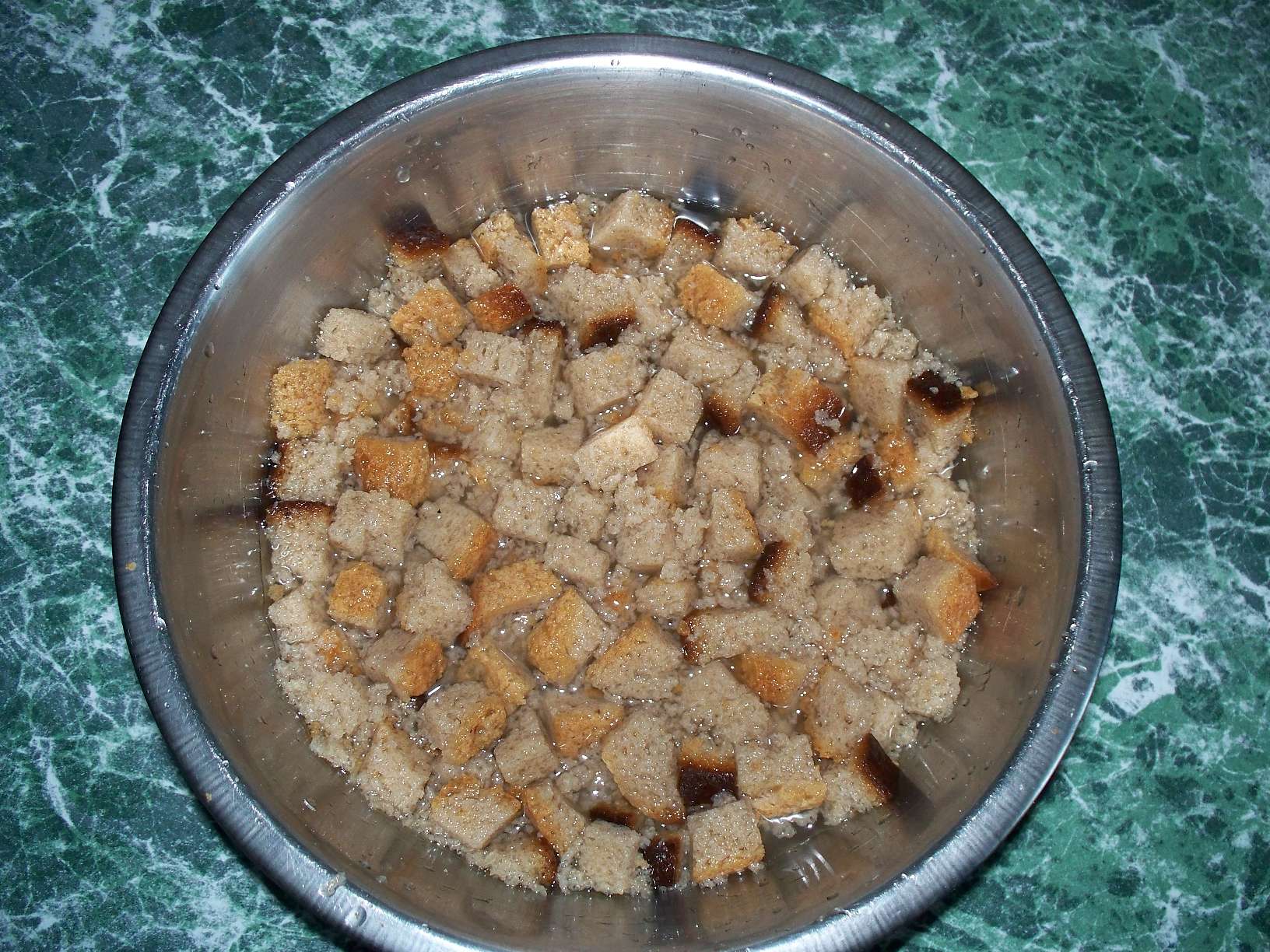
 Superphosphate: what is it and how to apply it
Superphosphate: what is it and how to apply it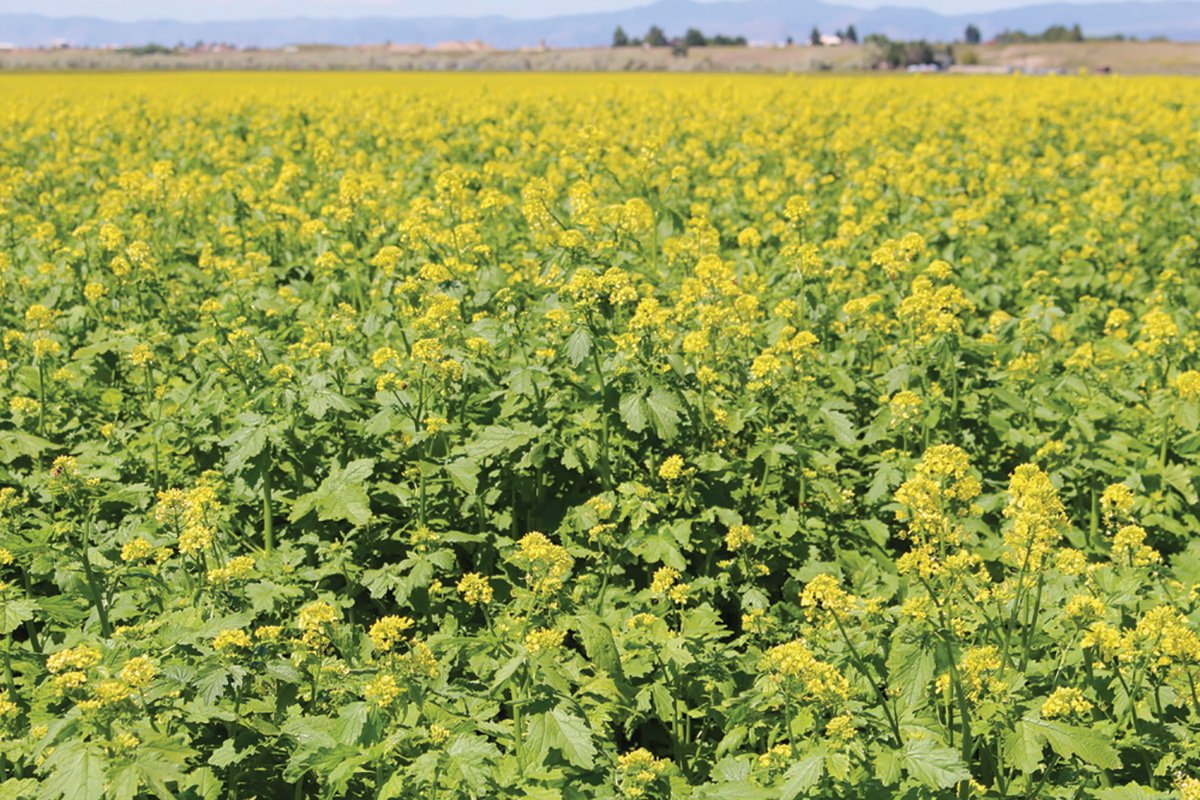 What problems can be expected from siderats?
What problems can be expected from siderats?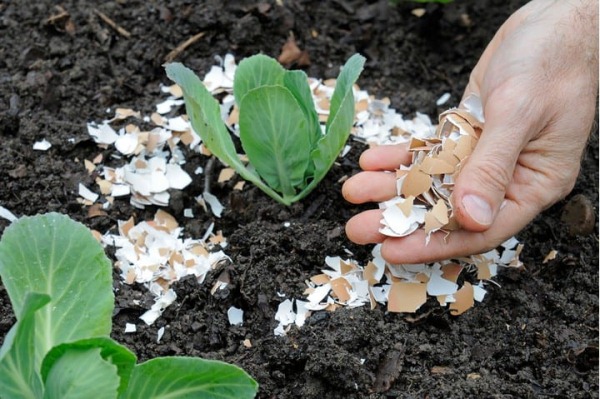 Secrets of the collection, storage and use of eggshells in the garden
Secrets of the collection, storage and use of eggshells in the garden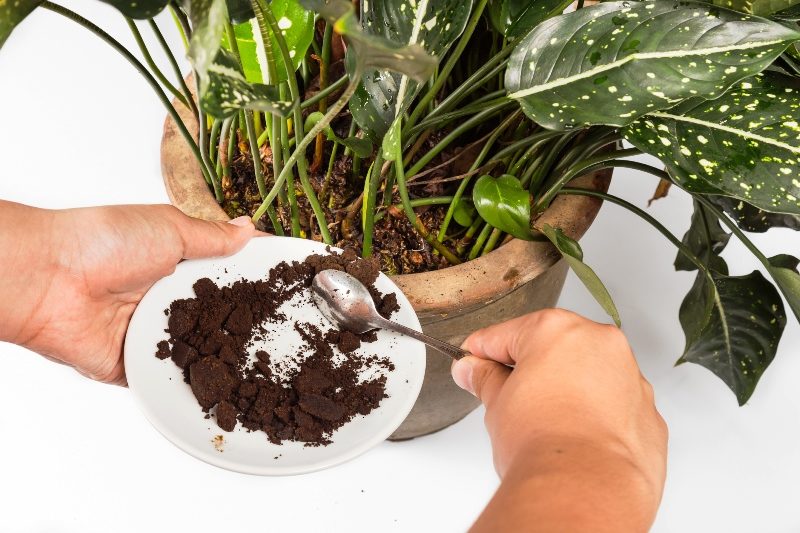 The most popular top dressing for indoor plants
The most popular top dressing for indoor plants